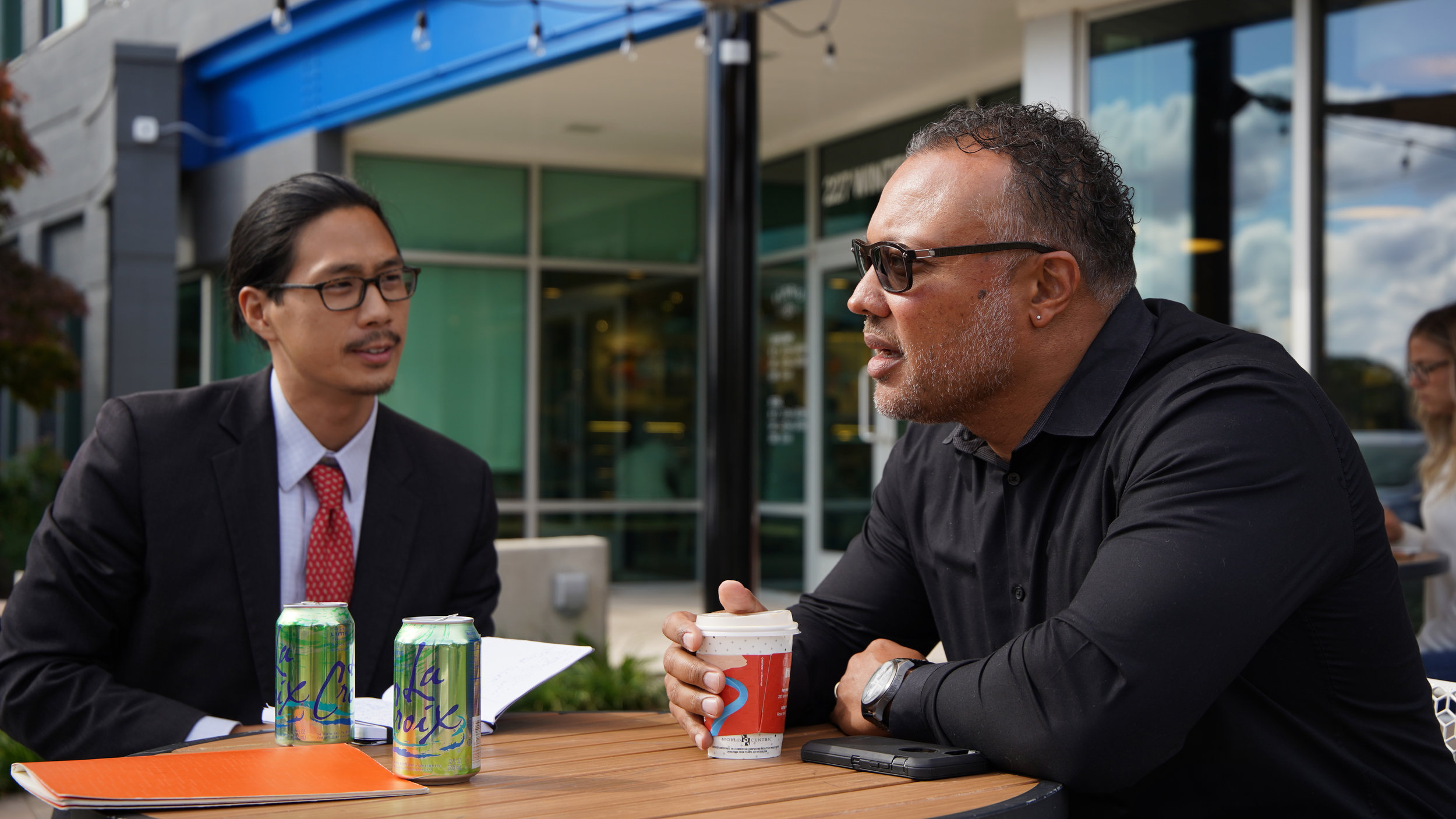What do we mean when we talk about “police-community engagement?” Is it public meetings and town halls forums? A civilian-led group with advisory or accountability power? Who exactly is the “community?” Who makes the decisions? And, most importantly, what happens after people finish talking?
These are just some of the questions the Policing Project and our partners at the National Police Foundation and National Urban League are working to answer in our new field research project. We’ll be visiting five cities across the country to talk with local police departments and neighborhood groups about how they’re approaching police-community engagement and the challenges and successes they’ve encountered along the way.
Highlights from our conversations in Grand Rapids.
Grand Rapids: Our first site visit
We kicked off with a visit to Grand Rapids, Michigan to learn about the city’s “12 Point Plan”—a document outlining 12 specific community recommendations that the city and Grand Rapids Police Department agreed to address. The Plan, developed in 2015, was a collaborative effort by local organizations such as the NAACP of Grand Rapids and LINC UP, as well as the city commission, the city manager, and the police department. The Plan includes items like implementing body cameras, diversifying the police force, and developing a surveillance policy that protects citizen privacy.
During our visit, we also learned about the city’s Police Policy and Procedure Review Task Force, made up of commissioner- and mayor-appointed citizens and police officials. The task force reviews any departmental policies that may result in racially disparate outcomes. The group was created following a race-based review of police traffic stops that was a part of the 12 Point Plan. Guided by a third-party law enforcement consultant, the task force has reviewed and issued recommendations on a number of policies, including the department’s juvenile interaction policy.
Despite calls throughout the country for improved police-community engagement, collaborative efforts like Grand Rapids’ 12 Point Plan and task force are still unusual. It speaks to the collective leadership in Grand Rapids—from the city manager to the Chief of Police to the city’s dedicated grassroots advocates—that they were able to put forward these collaborative initiatives.
Takeaways and guiding questions
Of course, none of this means that community-police engagement in Grand Rapids has been without challenges. Designing and implementing collaborative reform efforts, as we heard from both sides, can be uncomfortable. In our visit we heard different, and at times conflicting, perspectives as to what has been tangibly achieved—and what still needs to be done.
Still, Grand Rapids provides guidance for other cities, particularly those with a council-manager system of governance, that are attempting to deepen community voice in policing. From our conversations, we identified several key questions that police and community leaders in Grand Rapids are asking themselves, which we believe offer utility for community-police engagement efforts in other locations, including:
How do all parties define, on the front end, concrete outcomes of success?
How many community meetings are too many?
How can a third-party mediator in community meetings help to advance past uncomfortable discussions? What are the benefits and limitations of this approach?
How can we publicly document the progress made by reform efforts?
We thank the city officials and community leaders in Grand Rapids for exploring this complex topic with us. We are eager to continue developing our field guide as our project moves forward.








